One of my favorite recent compact cameras was Fujifilm’s wonderful little X10. I loved the solid feel and intuitive handling of the X10, the fast manual zoom lens was excellent and the image quality was really surprising – especially the RAW files (Fujiifilm X10 Video Review). So I’m really pleased to see that Fujifilm is introducing an updated version. The Fujifilm X20 shares the same excellent 4x Fujinon 28-112mm (equivalent) f/2.0-2.8 zoom lens, retro styling, magnesium alloy construction and controls as the X10. However, it’s been updated with a new 12-megapixel 2/3-inch BSI X-Trans CMOS II sensor that has the same groundbreaking design as the sensor used in Fujifilm’s X-Pro1 interchangeable lens camera. Fujifilm also added phase detect pixels to the sensor for improved auto focus performance. The processor and optical viewfinder have been updated as well. The X20 now has an “Advanced Optical Viewfinder” with a “Digital Trans Panel” that displays exposure data in the viewfinder so you don’t have to take your eye away from the action to check your exposure on the LCD display. I’m pretty sure that’s a first for an optical viewfinder in a compact camera.
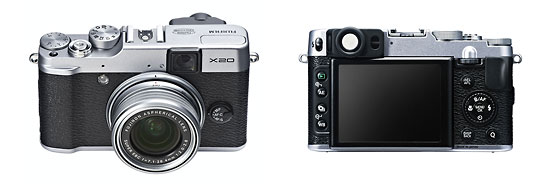
Fujifilm X20 Key Features and Specs:
- New 12-megapixel 2/3-inch BSI X-Trans CMOS II sensor
- New EXR Processor II
- Embedded phase detect pixels for hybrid auto focus
- 4x 28-112mm (equiv.) f/2.0-2.8 Fujinon Super EBC optical zoom lens
- New Advanced Optical Viewfinder with newly-developed Digital Trans Panel
- 1920 x 1080 60 FPS full HD video
- Focus peaking
- 2.8-inch 460k-dot LCD display
- ISO 100 to 12,800
- Manual shooting modes
- Auto EXR mode
- Die-cast magnesium alloy body
- Pop-up flash
- Flash hot shoe
- 12 FPS burst at full resolution
- RAW, RAW + JPEG, in-camera RAW processing
- Built-in electronic level
Even though it looks the same as the X10, there’s a bunch of important new stuff in Fujifilm’s new X20 advanced compact camera. For me, the most exciting improvements are the new X-Trans CMOS II sensor and the addition of phase detect pixels on that sensor. For those of you who think auto focus is auto focus, there’s a little more to it than that. Digital cameras use two kinds of focus detection systems – contrast detect and phase detect. Contrast detect is used in compact and interchangeable lens mirrorless cameras and it uses the imaging sensor to determine focus. It’s excellent for still subjects where you have the luxury of being able to pre-focus before taking a picture. But contrast detect AF doesn’t work very well at all for moving subjects where you need to use predictive continuous auto focus. Phase detect auto focus is used in digital SLRs and it works great for continuous focus on subjects like athletes, wildlife and high-speed motorsports. Unfortunately, phase detect sensor arrays are located on the mirror in digital SLRs and not on the sensor, precluding them from use in cameras that don’t have mirrors (all compact and mirrorless cameras) – until now, that is. By embedding phase detect pixels on the sensor, Fujifilm has found a workaround for this problem. Well, actually, they weren’t the first to apply this solution to the phase detect auto focus problem. But I believe they are the first to use it in a non-interchangeable lens camera. Fujifilm calls their new AF system, Intelligent Hybrid AF. It automatically switches between contrast detect and phase detect auto focus, depending on which one will work better in a given situation. It even works in the X20’s full HD movie mode. This improved auto focus performance will give the X20 a serious edge over other advanced compact cameras and make it a much more versatile camera.
The X10 had a large sensor that delivered excellent image quality compared to most compact cameras. But with the new 12-megapixel X-Trans CMOS II sensor, the X20 is going to blow the X10 (and most other premium compact cameras) out of the water. Fujifilm’s X-Trans sensor was introduced with the X-Pro1 interchangeable lens camera last year and it’s unlike any other digital camera sensor design. It uses an array of randomized red, green and blue pixels, arranged in small grids. Since the RGB pixels are randomized, there’s no need to use an anti-aliasing filter and that allows more light to reach the sensor. More light means less noise and no anti-alias filtering means more detail. For reference, photographers have been comparing the image quality of the X-Pro1’s APS-C X-Trans sensor to full-frame cameras. That’s very, very impressive. Fujifilm says they’ve reduced noise by 30% with the X20. Between that and the improved resolution from removing the anti-aliasing filter, we should see significant improvement in image quality from the X20. Combine the new sensor with the f/2.0-2.8 Fujinon zoom lens and I think we’re really looking at a special camera.
Besides the improved auto focus and new sensor, the X20 has a few other additions worth mentioning. Besides improving image quality, the new EXR Processor II means the X20 is a lot faster. Fujifilm claims a start-up time of just 0.5 seconds, a very minimal shutter lag of 0.01 seconds, and the X20 can shoot full-size bursts as fast as 12 frames per second. The new processor also allowed them to increase the frame rate of the X20’s full HD video to 60 frames per second. The faster frame rate means better detail in videos as well as the ability to make smoother slow motion video clips. Another feature that videographers and photographers who use manual focus will appreciate is focus peaking. If you don’t know about focus peaking, basically, it’s a digital focus aid that shows areas in focus with flashing color on the LCD display. It’s very useful for precise focusing, when you might not be able to actually see your focus accurately. There’s also a built-in electronic level to help make sure your landscape photos aren’t tilted. For a quick demo of some of the important features in the new X20, check out Fujifilm’s quick intro video, below:
Official Fujifilm X20 Promo Video:
As impressed as I was with the X10 last year, I’m even more impressed with what Fujifilm has put into the new X20. With phase detect auto focus and the X-Trans II sensor, the X20 is a hell of a lot of camera. In fact, I think it’s going to set a new benchmark for premium compact camera performance. I can’t wait to get one of these in my hands for testing.
Official availability and pricing details aren’t available yet for the Fujifilm X20, although it is listed for pre-order on the B&H Web site for US $599. We’ll update this page when we get more information.
Related Content:
All Fujifilm User Reviews
All Digital Camera User Reviews
Digital Cameras Forum
More Fujifilm News & Articles
Fujifilm Web Site





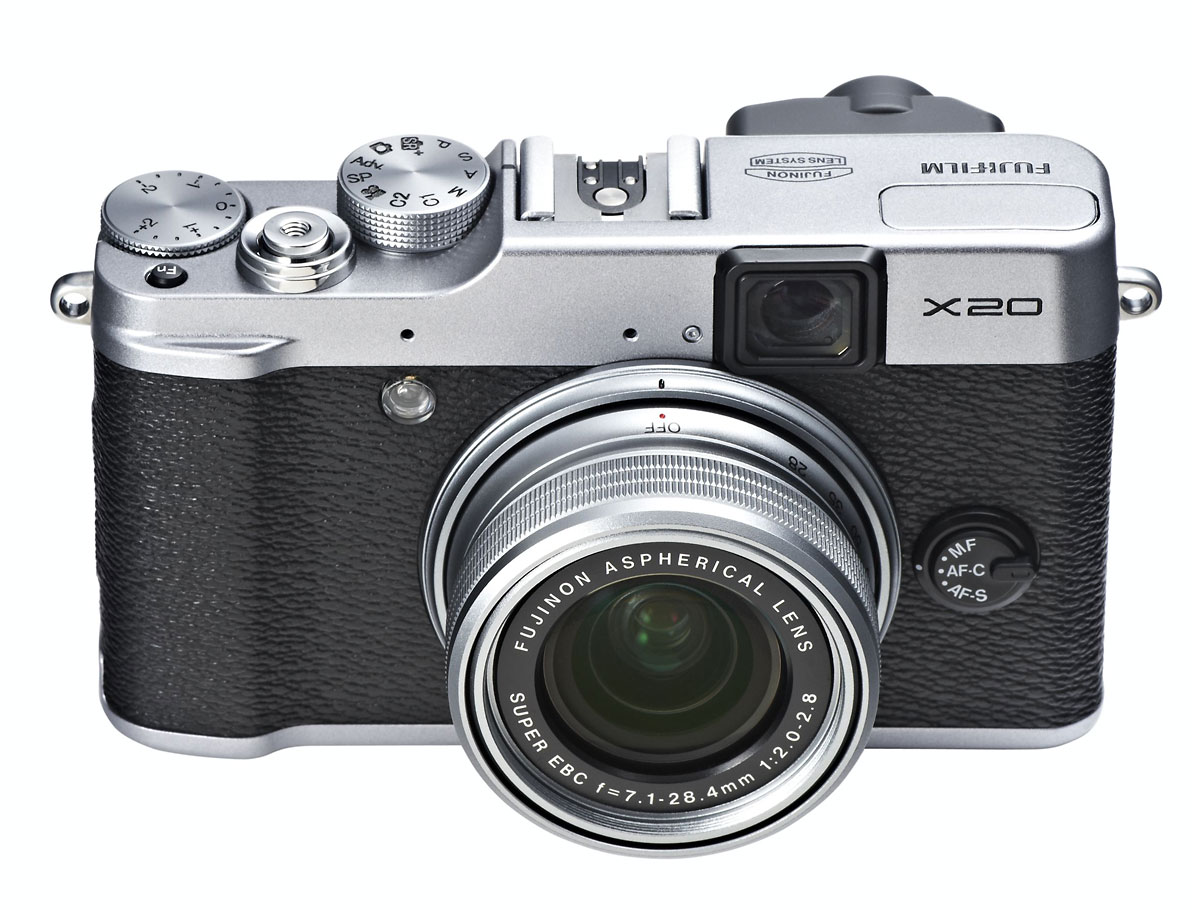

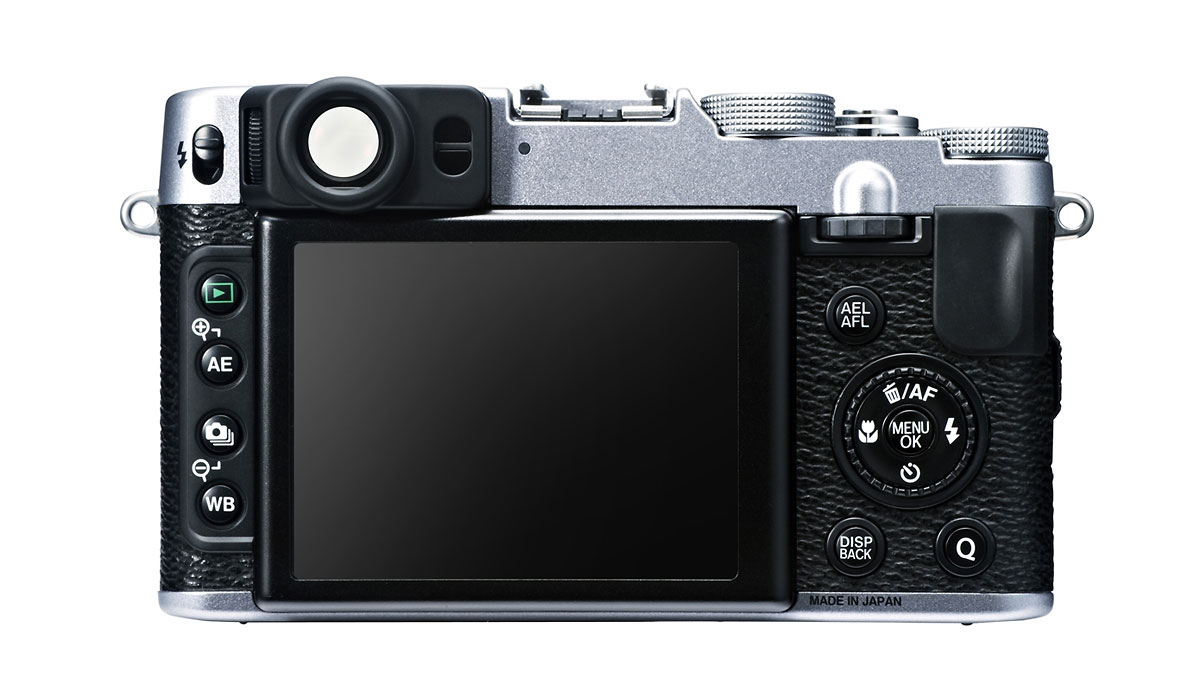

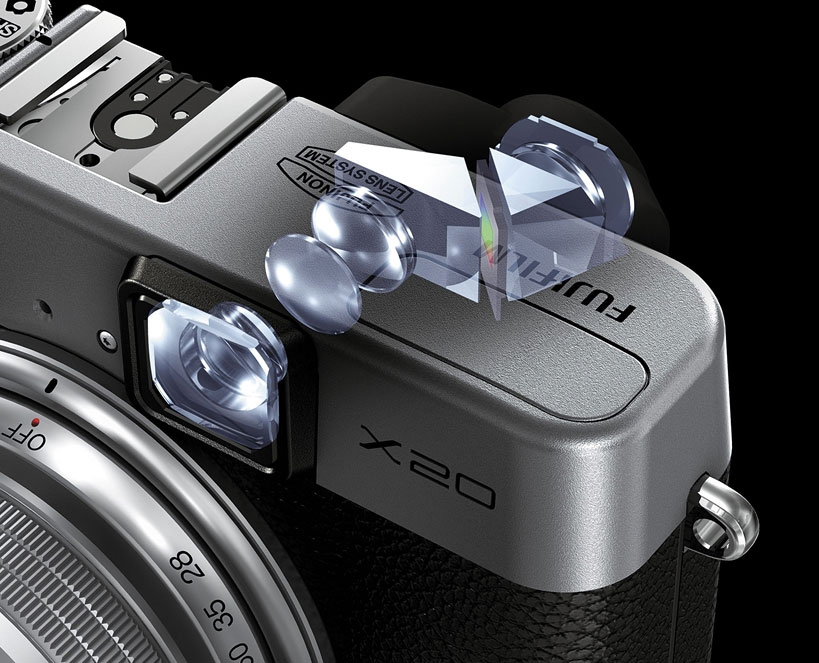

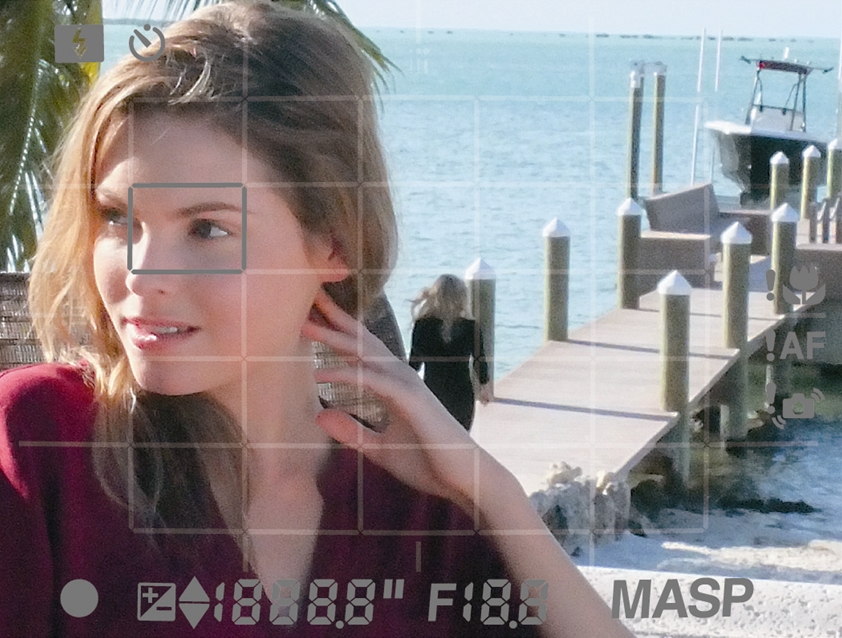

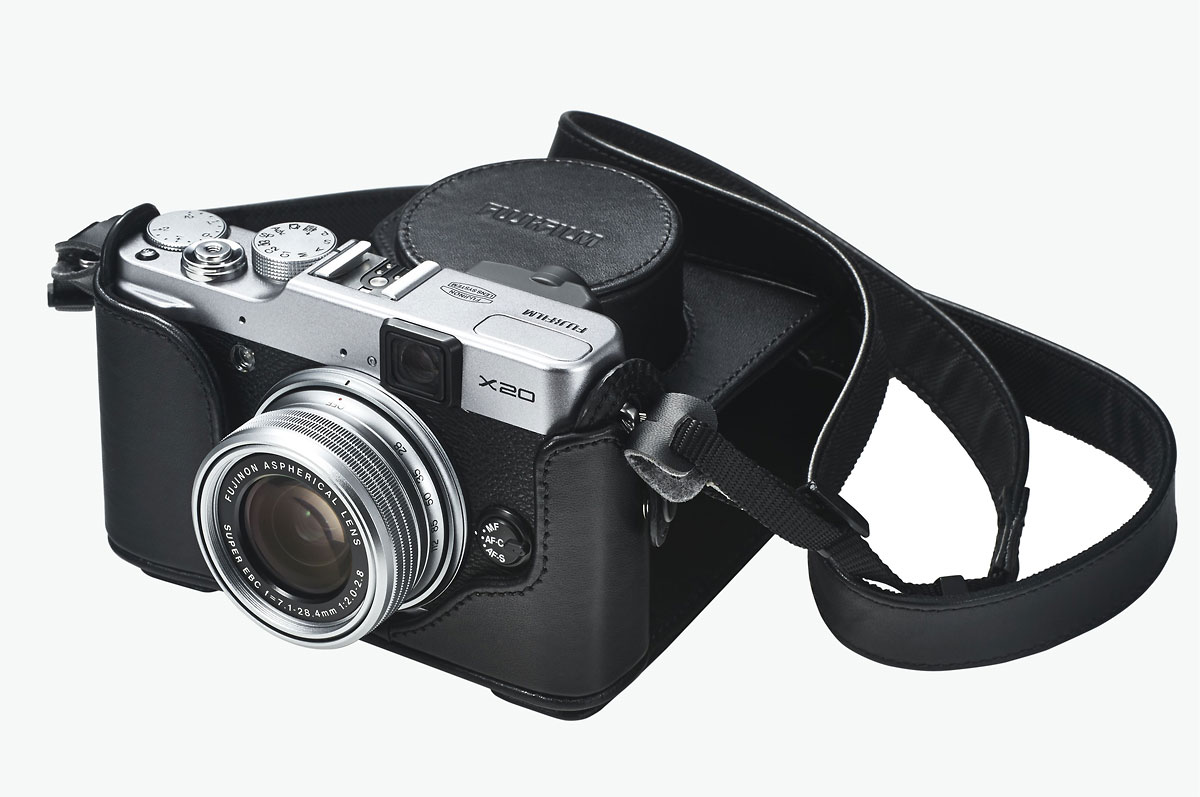

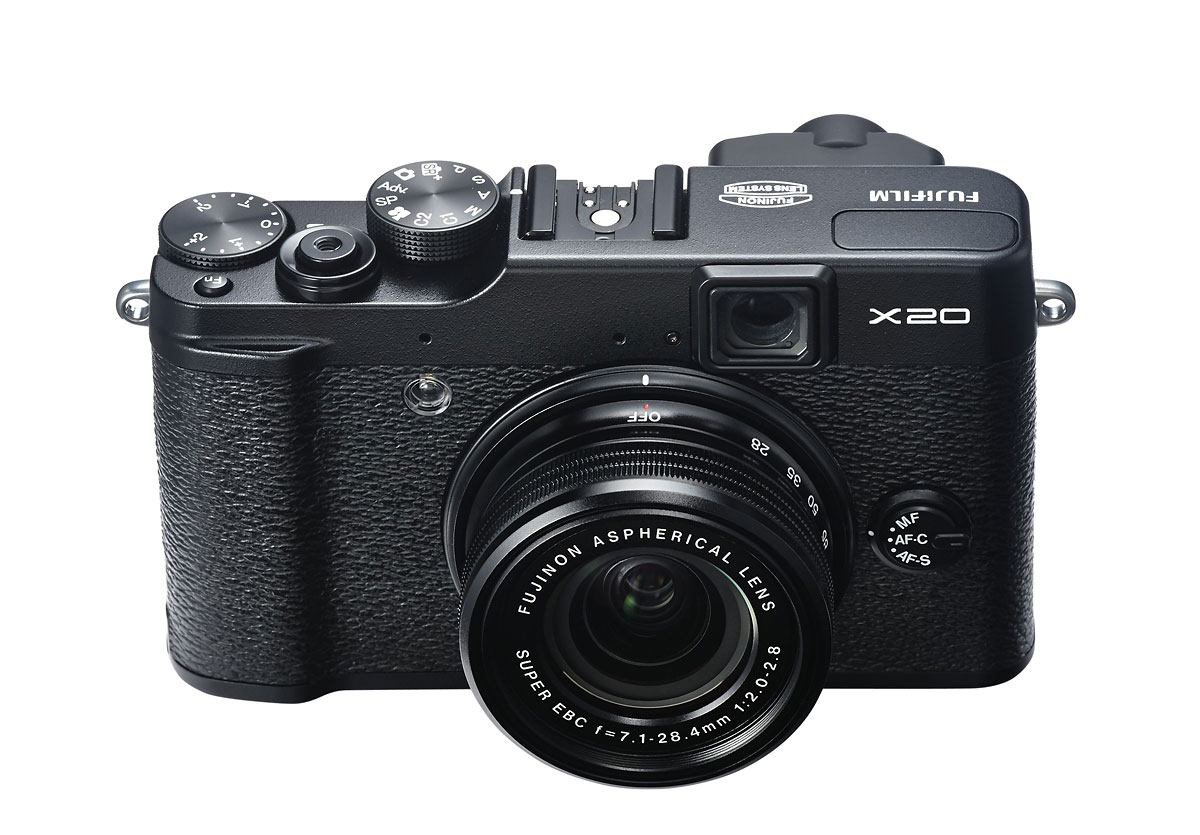

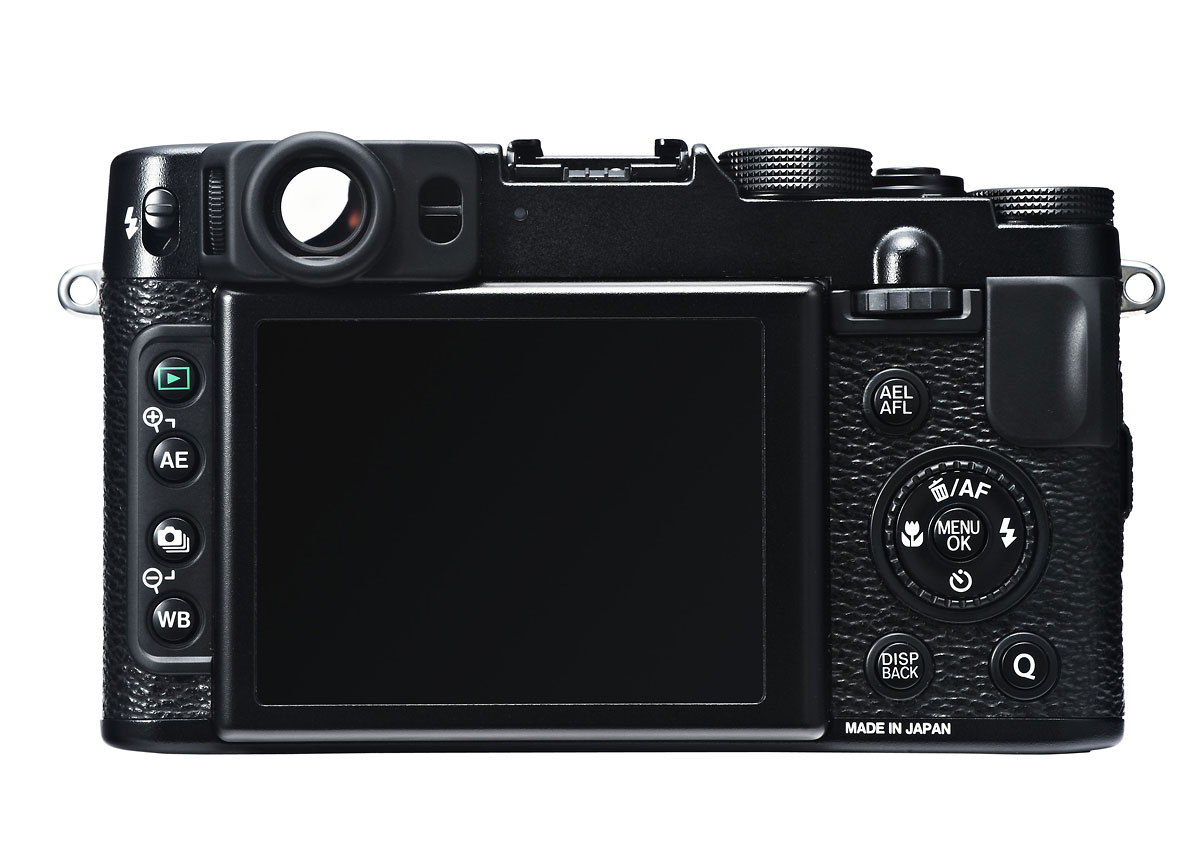

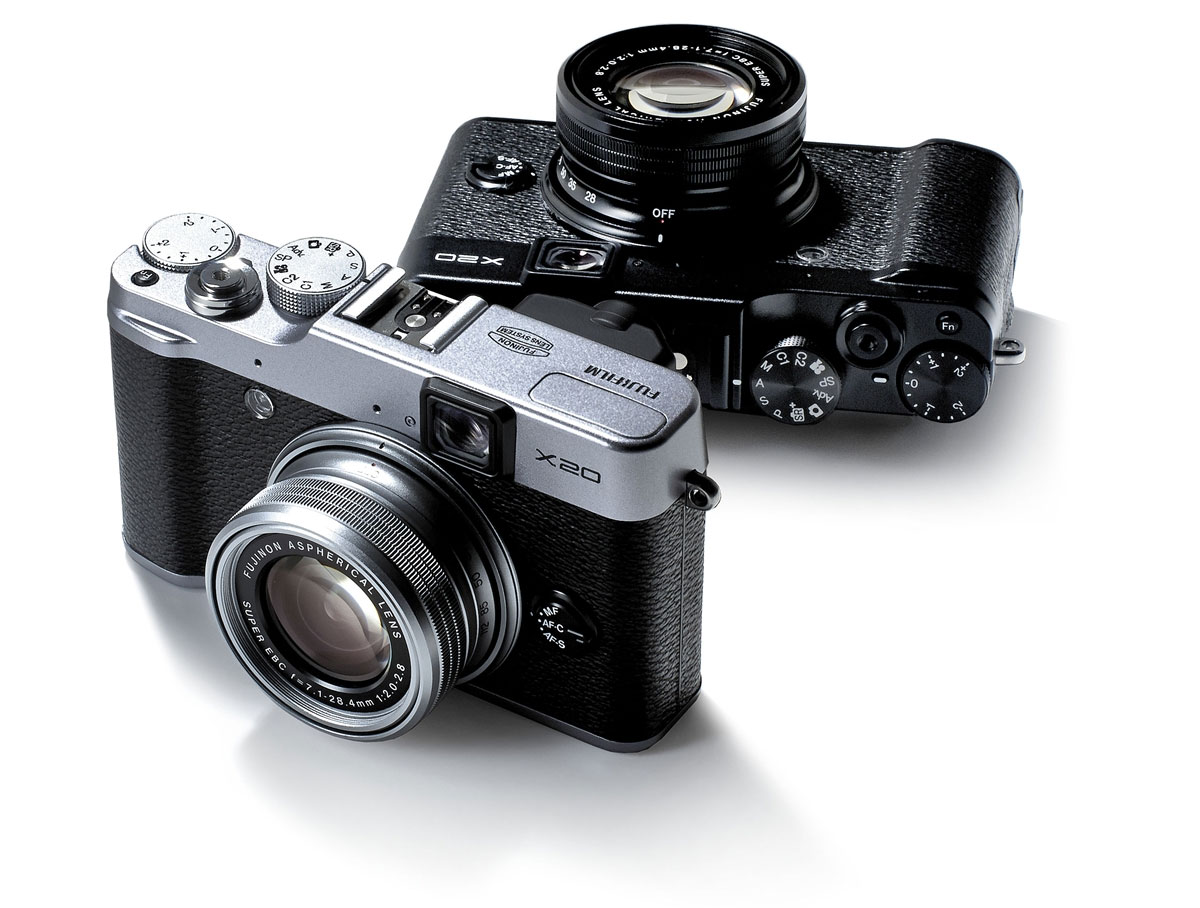


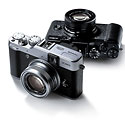


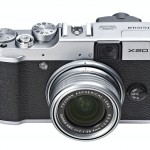
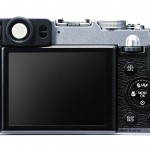
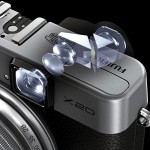

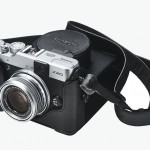
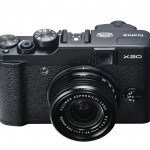
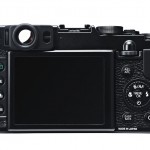
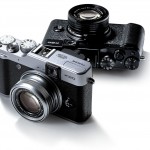
Buy this or wait for XE-2, that is the?.
That depends on what you’re after, Rod. The XE-1 costs a lot more but has an larger APS-C sensor and should have considerably better image quality as well as interchangeable lenses. Do you want a great compact camera or are you looking for a system camera?
Is there a filter size? where are test images? is the sensor better? zoom size is good plus viewfinder people building cameras have taken this on wonderful step forward I’m hopeful
Good questions, Brian. We haven’t had the opportunity to test the X20 yet so we don’t have any studio tests and I can’t say from experience whether the sensor is better or not. However. Based on my experience with Fujifilm’s interchangeable lens X-series cameras, I am quite confident the X-20′s X-Trans sensor will be better. I think the X-Trans sensors are about as good as it gets for APS-C sensor DSLR and mirrorless cameras and I don’t see any reason why that wouldn’t also be the case with the X-20′s X-Trans sensor.